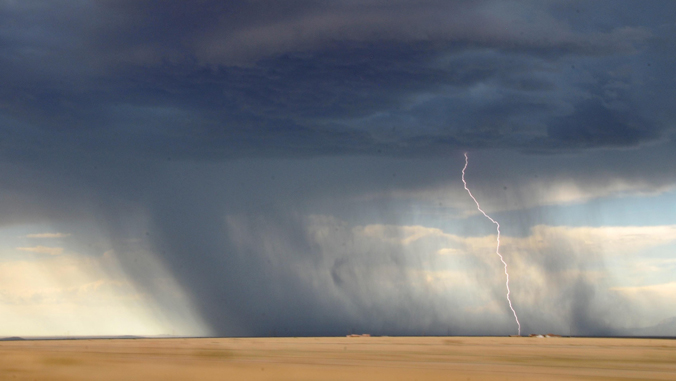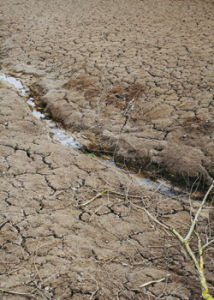
Using machine learning, an international team that included two researchers from the University of Hawaiʻi at Mānoa found human-produced carbon dioxide emissions and climate change have already caused an increase in day-to-day rainfall fluctuations over the tropical eastern Pacific and the mid-latitudes. The study was published in Nature.
"Climate model projections indicate that warming will intensify rainfall variability and extremes, such as heavy rains and drought conditions, across many regions of the globe," said Malte Stuecker, study co-author and assistant professor in the UH Mānoa School of Ocean and Earth Science and Technology (SOEST). "However, whether these anthropogenic trends are already visible in present-day rainfall observations has remained a major challenge due to large natural fluctuations in rainfall at regional scales."
The new study, led by Yoo-Geun Ham from Chonnam National University and Seung-Ki Min from Pohang University of Science and Technology, used a deep learning approach to do what machine learning is most adept at doing: process extensive amounts of data and reveal patterns that are difficult for human analysts to decipher.

Analyzing daily precipitation pattern
The research team devised a deep learning model to quantify the relationship between the intensity of global warming and global daily rainfall patterns from a state-of-the-art climate model. They then applied the deep learning model to data obtained from satellite-based rainfall observations. The results revealed that on more than 50% of all days, there was a clear deviation from natural variability in the daily precipitation pattern since the mid-2010s, influenced by human-induced global warming.
"Our study demonstrates for the first time that the human fingerprint is already visible in daily rainfall variability in the tropical eastern tropical Pacific and the mid-latitudes," said Tim Li, study co-author and SOEST professor. "The increased variability in precipitation due to global warming means that we have a greater risk of heavy rainfall and days without rain in these regions. Associated with this is an increased likelihood of hazards such as flooding, droughts and wildfires."
Although the long-term shifts in annual average rainfall remain indiscernible from the natural variability in the eastern tropical Pacific and midlatitudes, this study unveils that the impact of global warming on daily fluctuations has already emerged in these regions, including the eastern U.S. and Canada.
"There is little doubt that future warming will exacerbate these trends as these are consistent with projections that we showed in our previous work," said Stuecker. "In addition to reducing CO2 emissions as a mitigation measure, more research is needed to better understand the detailed changes in rainfall extremes on small regional scales-such as here on the islands-to guide local adaptation measures."






